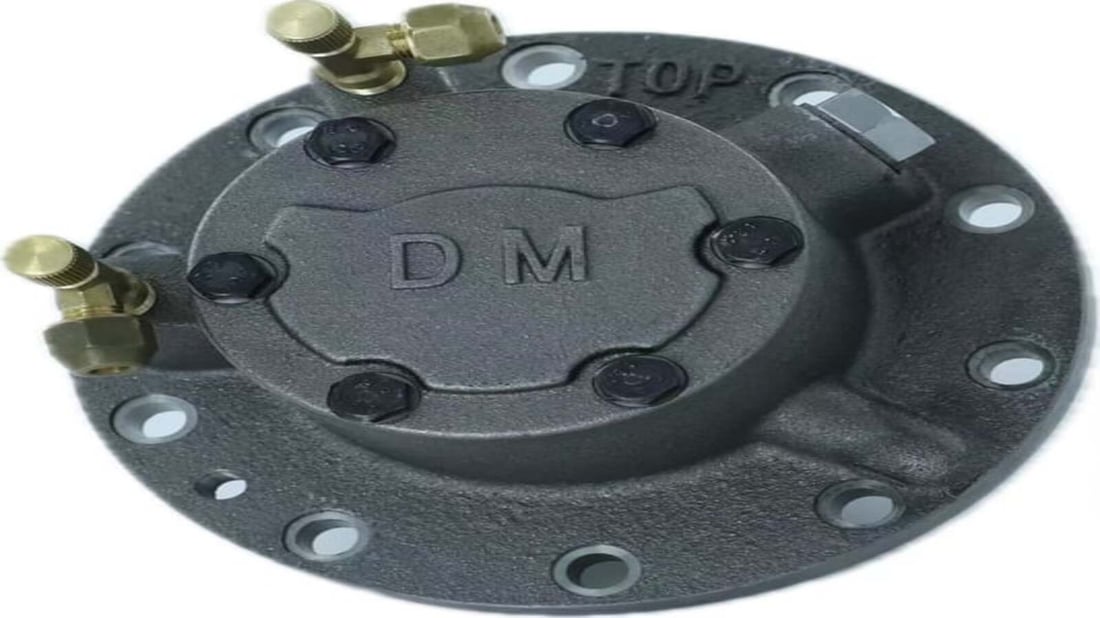Small gear pumps are compact devices used for transferring fluids in various industrial applications. These pumps are designed with precision-engineered gears to move liquids or semi-liquids with high efficiency and accuracy. They are commonly used in industries such as automotive, aerospace, and manufacturing.
How Small Gear Pumps Work
Small gear pumps operate by using interlocking gears to push the fluid through the pump. As the gears rotate, the fluid gets trapped between the gears and the pump housing, creating a smooth and continuous flow. This process is highly effective in transferring fluids of varying viscosities with minimal pulsation.
Advantages of Small Gear Pumps
One of the primary advantages of small gear pumps is their compact size, which makes them ideal for applications where space is limited. These pumps also offer high efficiency, reliability, and durability, making them a cost-effective solution for fluid transfer needs. Additionally, small gear pumps are known for their precise and consistent performance.
Applications of Small Gear Pumps
Small gear pumps find extensive use in a wide range of industries, including hydraulic systems, chemical processing, food and beverage production, and pharmaceuticals. These pumps are versatile enough to handle various fluids, from thin oils to thick liquids, making them suitable for diverse applications.
Choosing the Right Small Gear Pump
When selecting a small gear pump for a specific application, it is essential to consider factors such as flow rate, pressure requirements, material compatibility, and environmental conditions. It is crucial to choose a pump that meets the specific needs of the application to ensure optimal performance and longevity.
Installation and Maintenance of Small Gear Pumps
Proper installation and regular maintenance are key to ensuring the efficient operation of small gear pumps. It is essential to follow the manufacturer's guidelines for installation, including proper alignment and secure connections. Routine maintenance, such as checking for leaks and monitoring performance, can help prevent costly downtime and repairs.
Common Issues with Small Gear Pumps
Despite their reliability, small gear pumps may experience issues such as leakage, cavitation, or wear over time. It is essential to address these issues promptly to prevent further damage to the pump and ensure uninterrupted operation. Regular inspection and maintenance can help identify and resolve any potential issues early on.
Benefits of Small Gear Pumps in Industrial Settings
Small gear pumps offer several benefits in industrial settings, including efficient fluid transfer, precise dosing, and consistent performance. These pumps can help improve productivity, reduce waste, and ensure a smooth operation in various applications, making them a valuable asset for industrial processes.
Future Trends in Small Gear Pump Technology
As technology advances, small gear pumps continue to evolve with improved designs, materials, and features. The future of small gear pumps may include advancements such as smart sensors for monitoring performance, enhanced efficiency through digital controls, and increased integration with automation systems for seamless operation.
Conclusion
In conclusion, small gear pumps are essential components in various industries, offering reliable and efficient fluid transfer capabilities. With their compact size, high performance, and versatility, these pumps play a crucial role in ensuring smooth and precise fluid handling in industrial applications. By understanding the working principles, applications, and maintenance requirements of small gear pumps, businesses can make informed decisions to optimize their fluid transfer processes.
Quote Inquiry
Contact us

